Home>Articles>When Should You Check The Water Level On A Food Steamer
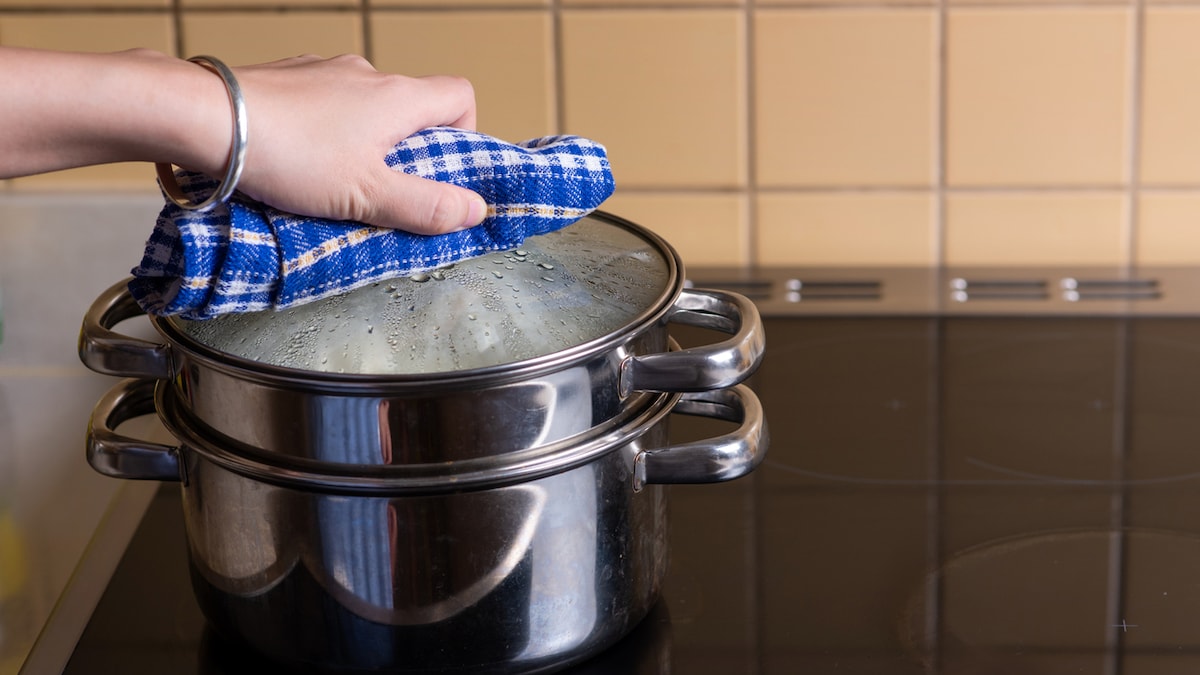

Articles
When Should You Check The Water Level On A Food Steamer
Modified: August 19, 2024
Discover when you should check the water level on your steamer with our informative articles. Keep your steamer running smoothly!
(Many of the links in this article redirect to a specific reviewed product. Your purchase of these products through affiliate links helps to generate commission for Storables.com, at no extra cost. Learn more)
Introduction
Welcome to the world of steaming! Steaming food is not only a healthy cooking method but also a convenient way to prepare delicious meals. Whether you’re using a steamer for vegetables, fish, or even dim sum, it is essential to understand the importance of maintaining the proper water level in your steamer.
Steaming relies on the conversion of water into steam to cook food. Without enough water, your steamer won’t be able to produce the necessary steam to properly cook your food. On the other hand, having too much water can lead to steam escaping and potentially affect the cooking process. This is why checking the water level in your steamer is crucial to ensure optimal cooking results.
In this article, we will explore the factors that affect the water level in a steamer, signs that indicate the need to check the water level, how often you should check it, and provide a step-by-step guide on how to check the water level in your steamer. Additionally, we’ll share some tips for maintaining the appropriate water level to ensure your steaming experience is a success.
So, let’s dive in and understand why monitoring the water level in your steamer is essential to achieve perfect steamed dishes every time!
Key Takeaways:
- Regularly monitor and adjust the water level in your steamer to ensure perfectly steamed dishes. Factors like cooking time, food quantity, and environmental conditions impact the water level, so stay attentive for optimal results.
- Follow a step-by-step guide and helpful tips to maintain the right water level in your steamer. By checking the water level every 15-20 minutes and making timely adjustments, you can achieve flavorful and evenly cooked steamed dishes.
Read more: When Should You Replace Water Heater
Understanding the Importance of Water Level in a Steamer
Water plays a vital role in the steaming process as it is the source of steam. Without an adequate water level, your steamer will not be able to generate enough steam to cook your food properly. Understanding the importance of maintaining the right water level will help you achieve perfectly steamed dishes with optimal taste and texture.
When water is heated in a steamer, it boils and converts into steam. This steam then circulates within the steamer, surrounding and cooking the food. The steam not only cooks the food gently and evenly but also helps to retain moisture, resulting in succulent and flavorful dishes.
The water level in your steamer directly affects the amount of steam produced. If there is insufficient water, the steamer will not be able to generate enough steam, leading to undercooked, unevenly cooked, or even burned food. On the other hand, if there is too much water, it can cause excess steam, resulting in a loss of flavor and texture as the food becomes overly moist.
Furthermore, maintaining the proper water level is essential for the longevity and safety of your steamer. Operating a steamer without enough water can cause damage to its heating elements, resulting in costly repairs or the need for a replacement. Additionally, a steamer without the correct water level may not function efficiently, compromising its performance and potentially increasing the cooking time.
By understanding the importance of water level in a steamer, you can ensure that your steamed dishes turn out perfectly every time. It is a key factor in achieving the desired results and promoting a safe and efficient cooking experience.
Factors that Affect the Water Level in a Steamer
Several factors can affect the water level in a steamer, and it’s important to be aware of them to ensure you maintain the proper water level for optimal cooking results. Let’s take a closer look at these factors:
- Cooking time: The longer you steam food, the more water evaporates. If you’re cooking for an extended period, you might need to add water to replenish the lost moisture.
- Food quantity: The amount of food being steamed affects the water level. Larger quantities of food require more steam, resulting in more water evaporation. Adjust the water level accordingly to compensate for the amount of food being cooked.
- Steaming temperature: Different steaming temperatures can affect the rate of water evaporation. Higher temperatures can lead to faster evaporation, necessitating more frequent checks and water refills.
- Steaming vessel design: The design of the steaming vessel can impact the water level. Some steamers have a built-in water reservoir that needs to be filled before steaming, while others require water to be poured directly into the cooking chamber. Understanding your steamer’s design will help you gauge the appropriate water level.
- Altitude: If you live at a higher altitude, the boiling point of water decreases. This means that water evaporates more quickly in a steamer at higher altitudes, requiring you to monitor and replenish the water level more frequently.
- Environmental conditions: Ambient temperature and humidity can also affect the water level in a steamer. In arid or dry climates, water may evaporate faster, while in humid environments, evaporation may be slower.
These factors highlight the importance of regularly checking the water level in your steamer during the cooking process. By being mindful of these variables, you can ensure that your steaming experience is successful and that your dishes are cooked to perfection.
Signs that Indicate the Need to Check the Water Level
While maintaining the proper water level is important, it’s equally crucial to be aware of the signs that indicate the need to check and adjust the water level in your steamer. By keeping an eye out for these signs, you can ensure that your steamed dishes are cooked properly and avoid any potential issues. Here are some common signs that indicate the need to check the water level:
- Visible reduction in water: One of the most obvious signs is a noticeable decrease in the water level in the steamer. If you can visibly see that the water level has significantly reduced, it’s time to check and add more water.
- Steam production decreases: If you notice that there is less steam being produced than when you started the steaming process, it could be an indication that the water level is running low. This can result in undercooked or unevenly cooked food.
- Prolonged cooking time: If your food is taking longer to cook than expected, it may be due to insufficient water in the steamer. Without enough steam, the cooking process will be slower, and you may need to refill the water to expedite the cooking time.
- Unpleasant smells or burning odors: If you’re experiencing unusual smells or burning odors during the steaming process, it could be an indication that there is not enough water in the steamer. This lack of moisture can cause the food to stick to the steamer or even burn.
- Loss of flavor or texture: Insufficient water can result in the loss of flavor and texture in your steamed dishes. The food may become dry, tough, or lack the desired tenderness. This is a clear indication that you need to check the water level and add more if necessary.
- Steam escaping from the sides: If you notice steam escaping from the sides of your steamer instead of being contained within, it may indicate that you have too much water. Adjust the water level to prevent steam from escaping and ensure that it circulates properly around the food.
By paying attention to these signs, you can easily determine when to check and adjust the water level in your steamer. It’s important to address these signs promptly to avoid any adverse effects on the quality of your steamed dishes.
Check the water level in the steamer before starting to ensure there is enough for the entire cooking time. Adding water during cooking can disrupt the steaming process and affect the food.
How Often Should You Check the Water Level on a Steamer?
The frequency at which you should check the water level in your steamer depends on several factors, including the cooking time, the type of food being steamed, and the design of your steamer. However, as a general guideline, it is recommended to check the water level every 15-20 minutes during the steaming process.
Shorter cooking times, such as steaming vegetables or small fillets of fish, may require less frequent checks. On the other hand, if you’re steaming larger quantities of food or dishes that require longer cooking times, you may need to check the water level more frequently.
It’s important to remember that maintaining the proper water level is crucial for the success of your steaming endeavors. Without enough water, the steamer won’t produce sufficient steam, leading to undercooked or unevenly cooked food. Conversely, adding too much water can result in excess moisture, compromising the flavor and texture of the dishes.
By regularly checking the water level, you can ensure that the steaming process continues uninterrupted and that your dishes are cooked to perfection. This practice allows you to monitor the water level and make adjustments as needed to maintain an optimal steaming environment.
Keep in mind that these are general recommendations, and you should always refer to the specific instructions provided by the manufacturer of your steamer. Different steamers may have variations in their design and operation, which could affect the frequency of water level checks required.
Overall, a proactive approach to checking the water level in your steamer will help you achieve consistent and delicious steamed dishes. Remember to factor in the cooking time, food quantity, and specific instructions for your steamer to determine the ideal intervals for water level checks.
Step-by-step Guide to Checking the Water Level in a Steamer
Checking the water level in your steamer is a simple yet essential task to ensure the success of your steaming endeavors. Here is a step-by-step guide to help you check the water level in your steamer:
- Step 1: Read the manufacturer’s instructions: Before you begin, familiarize yourself with the specific instructions provided by the manufacturer of your steamer. Different steamers may have variations in their design and operation, so it’s important to understand the recommended procedure for checking the water level.
- Step 2: Pause or stop the steaming process: If your steamer is currently in operation, pause or stop the steaming process to prevent any accidents or injury while checking the water level. Follow the instructions provided by the manufacturer on how to safely pause or stop the steamer.
- Step 3: Open the steamer lid or access panel: Depending on the design of your steamer, open the lid or access panel to gain access to the cooking chamber.
- Step 4: Observe the water level: Look inside the steamer and observe the water level. You may find a maximum or minimum water level indicator provided by the manufacturer to guide you. Ideally, the water level should be sufficient to generate steam but not overflowing.
- Step 5: Adjust the water level if necessary: If the water level is too low, carefully add more water using a designated water inlet or reservoir. Avoid overfilling the steamer, as it can lead to excess moisture or interfere with the cooking process.
- Step 6: Close the steamer lid or access panel: Once you have checked and adjusted the water level, close the lid or access panel securely, ensuring a tight seal.
- Step 7: Resume the steaming process: If you paused the steaming process, follow the manufacturer’s instructions to resume the cooking process and allow the steamer to continue generating steam for your dishes.
- Step 8: Monitor the water level during cooking: While the food is steaming, periodically check the water level based on the recommended frequency for your specific steamer, usually every 15-20 minutes. Make adjustments as necessary to maintain the optimal water level throughout the cooking process.
By following this step-by-step guide, you can easily check and adjust the water level in your steamer, ensuring that your dishes are cooked to perfection every time. Remember to prioritize safety and refer to the manufacturer’s instructions for specific guidelines tailored to your steamer model.
Tips for Maintaining the Appropriate Water Level in a Steamer
Maintaining the appropriate water level in your steamer is crucial for achieving optimal cooking results and preserving the longevity of your appliance. Here are some helpful tips to ensure you maintain the right water level:
- Start with the recommended water level: Consult the manufacturer’s instructions to determine the recommended water level for your specific steamer. This guideline will give you a starting point for maintaining the proper water level.
- Monitor the water level regularly: As mentioned earlier, it’s important to check the water level every 15-20 minutes during the steaming process. This regular monitoring allows you to make timely adjustments and ensure the water level remains sufficient.
- Add hot water: To prevent the steaming process from being interrupted or slowed down, use hot water when topping up the water level. Adding cold water can lower the steam temperature temporarily and affect the cooking time.
- Use a transparent water reservoir: If your steamer has a built-in water reservoir, consider using one that is transparent. This allows you to easily monitor the water level without needing to open the steamer or interrupt the cooking process.
- Consider a steamer with automatic water level control: Some advanced steamers come with automatic water level control features. These steamers can accurately measure and maintain the water level, eliminating the need for constant monitoring. Investing in such a steamer can provide convenience and peace of mind.
- Avoid overfilling the steamer: It’s important not to overfill the water reservoir or cooking chamber of your steamer. Overfilling can lead to water spilling out during the steaming process, affecting the food and potentially causing safety hazards.
- Be mindful of steaming time: The longer you steam food, the more water evaporates. If you’re steaming for an extended period, you may need to periodically add water to maintain the desired water level.
- Adapt to climate conditions: Environmental factors such as high altitude or dry climates can affect water evaporation rates. Be aware of the climate conditions where you’re cooking and make adjustments to the water level accordingly.
- Follow the manufacturer’s guidelines: Lastly, always refer to the manufacturer’s instructions for your specific steamer model. They may provide additional tips and recommendations to help you maintain the appropriate water level and ensure optimal performance.
By implementing these tips, you can effectively maintain the appropriate water level in your steamer, resulting in well-cooked, flavorful dishes. Remember that regular monitoring, adjustments as needed, and following the manufacturer’s guidelines are key to achieving the best steaming results.
Conclusion
Ensuring the proper water level in your steamer is essential for achieving delicious, evenly cooked, and flavorful steamed dishes. By understanding the importance of water level and following the recommended guidelines, you can make the most out of your steamer and enhance your cooking experience.
Throughout this article, we have explored the significance of maintaining the appropriate water level in a steamer. We have discussed the factors that affect the water level, the signs that indicate the need to check it, and how often you should monitor it during the cooking process.
We have also provided a step-by-step guide to checking the water level in your steamer, ensuring that you can easily carry out this important task. Additionally, we have shared some valuable tips to help you maintain the proper water level and optimize your steaming results.
Remember, checking the water level in your steamer is a simple but crucial step to ensure your dishes are cooked to perfection. It ensures that the steaming process operates smoothly, enabling you to enjoy the full potential of this healthy cooking method.
So, the next time you use your steamer, pay attention to the water level, make necessary adjustments, and savor the amazing flavors and textures that steaming can bring to your meals.
Frequently Asked Questions about When Should You Check The Water Level On A Food Steamer
Was this page helpful?
At Storables.com, we guarantee accurate and reliable information. Our content, validated by Expert Board Contributors, is crafted following stringent Editorial Policies. We're committed to providing you with well-researched, expert-backed insights for all your informational needs.
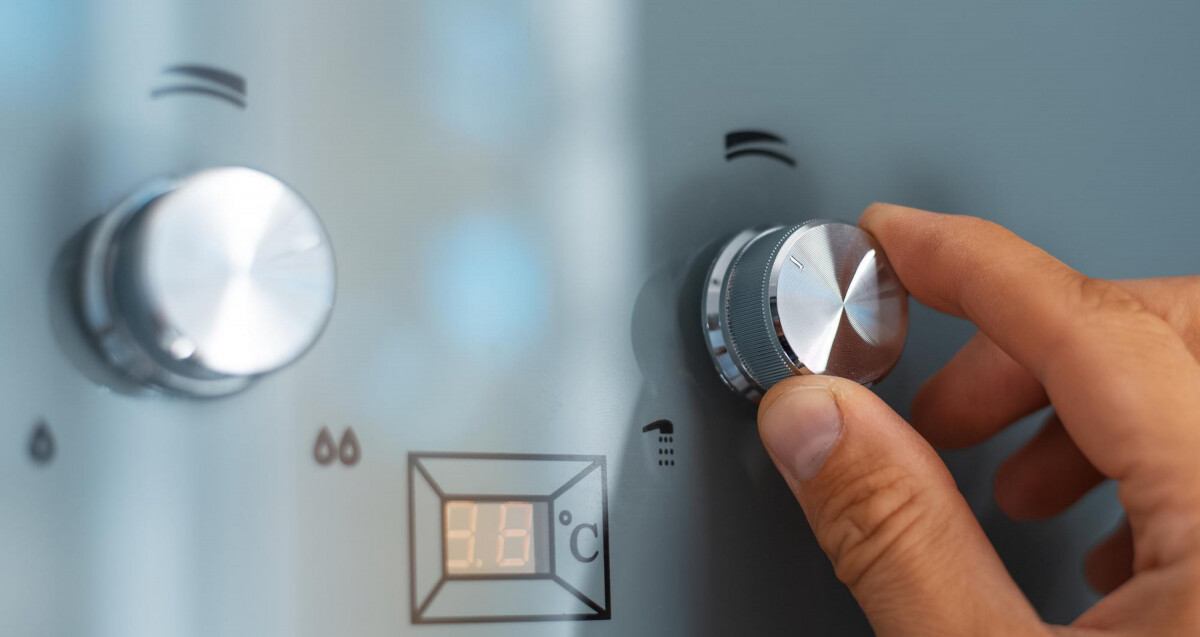
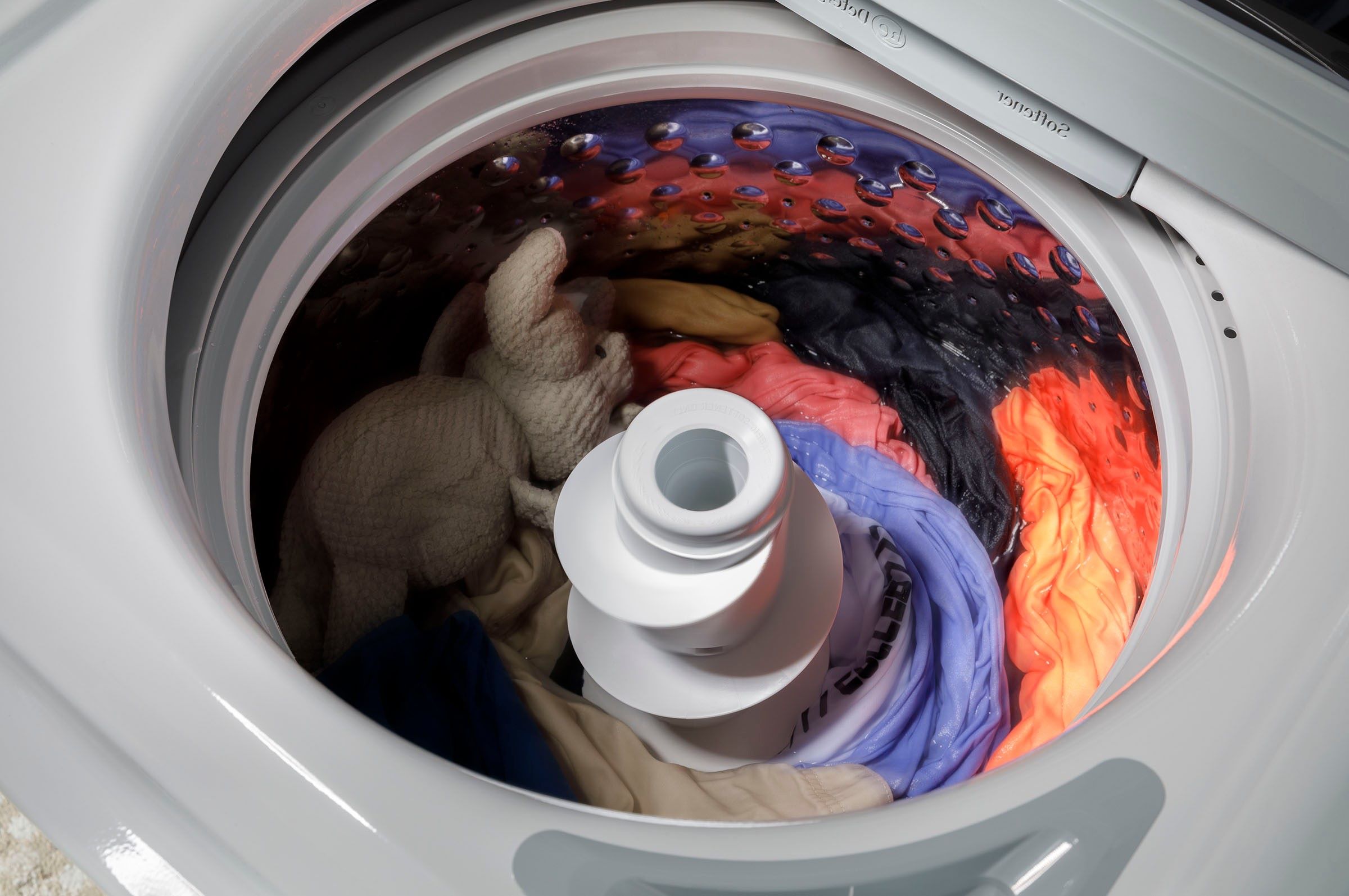
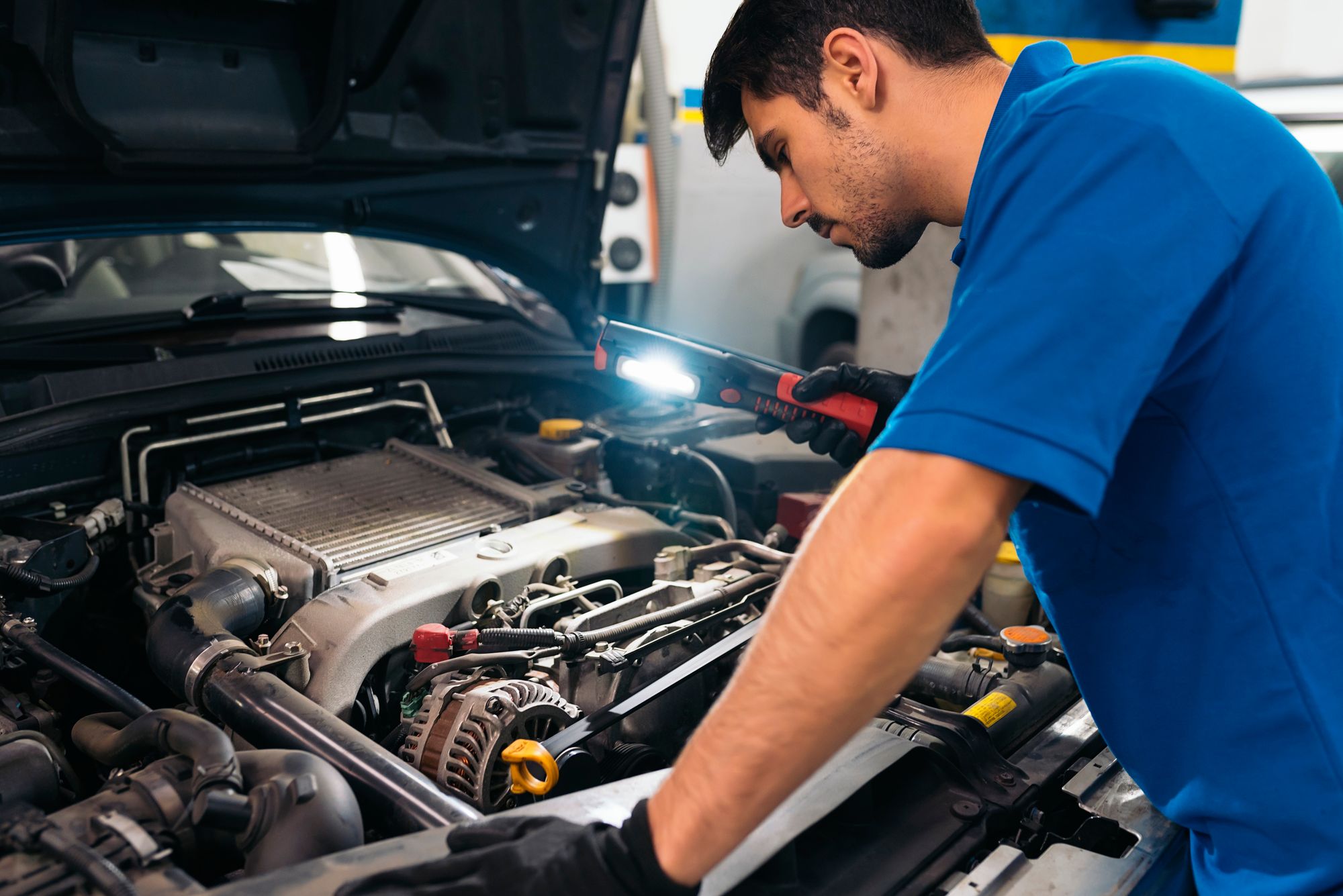
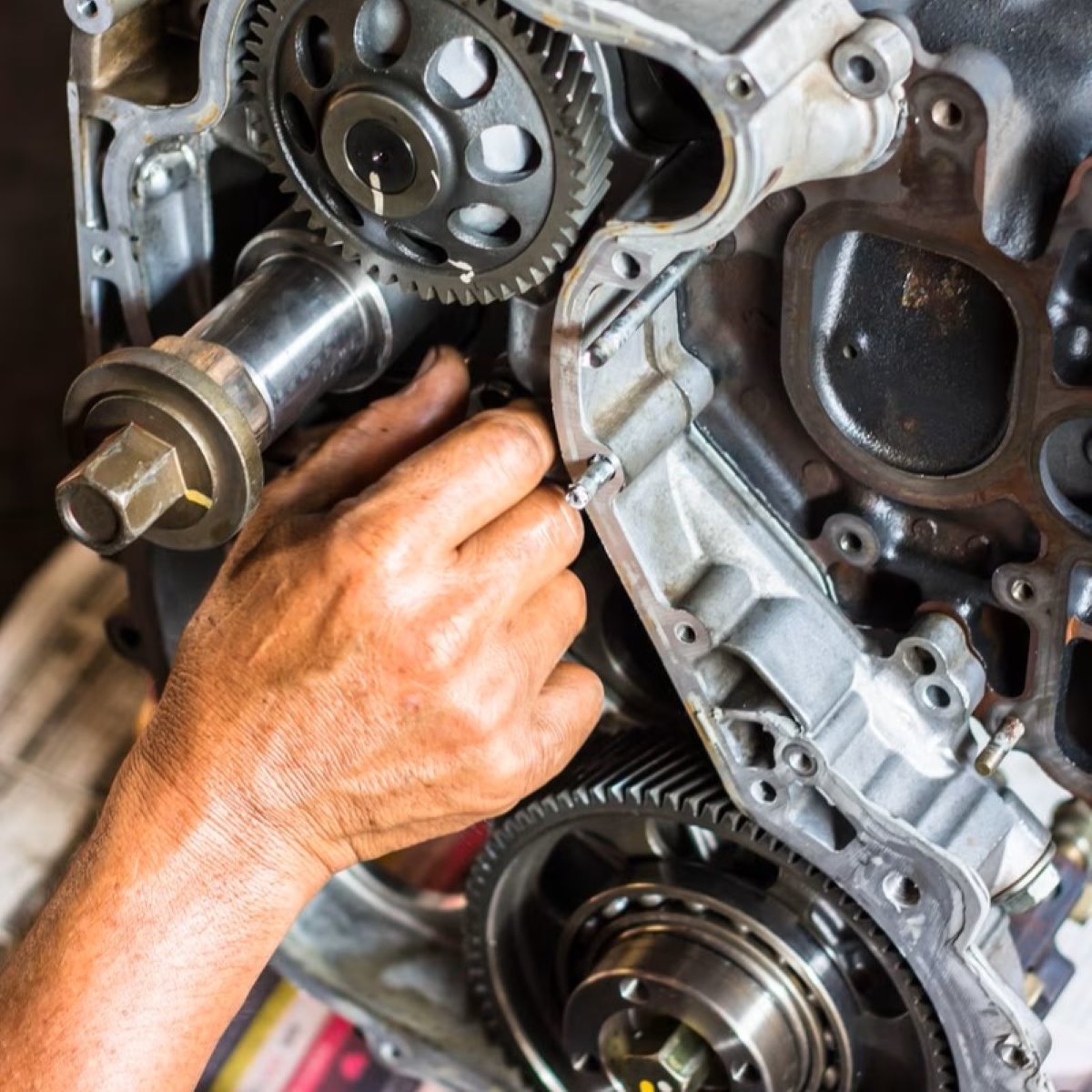
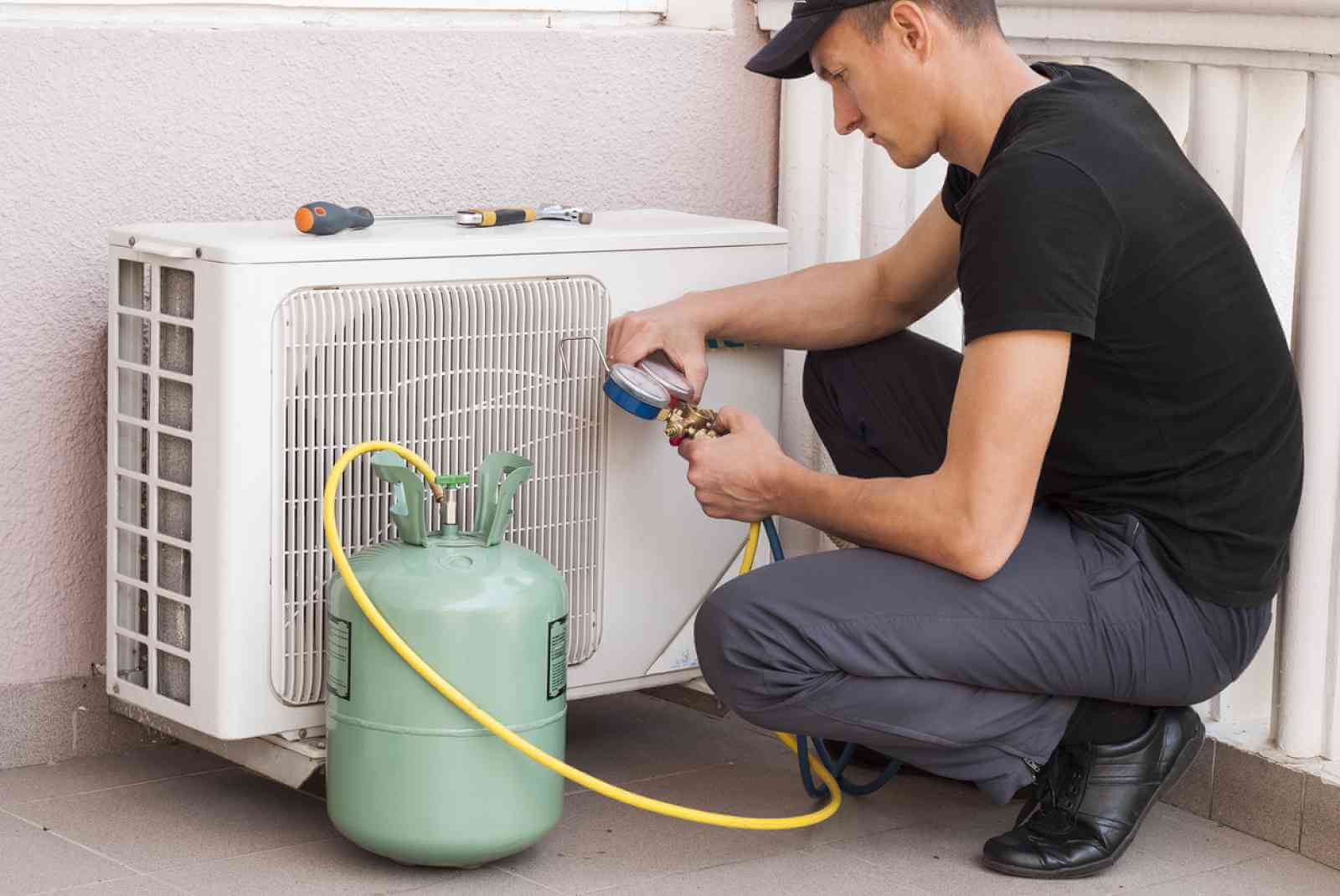
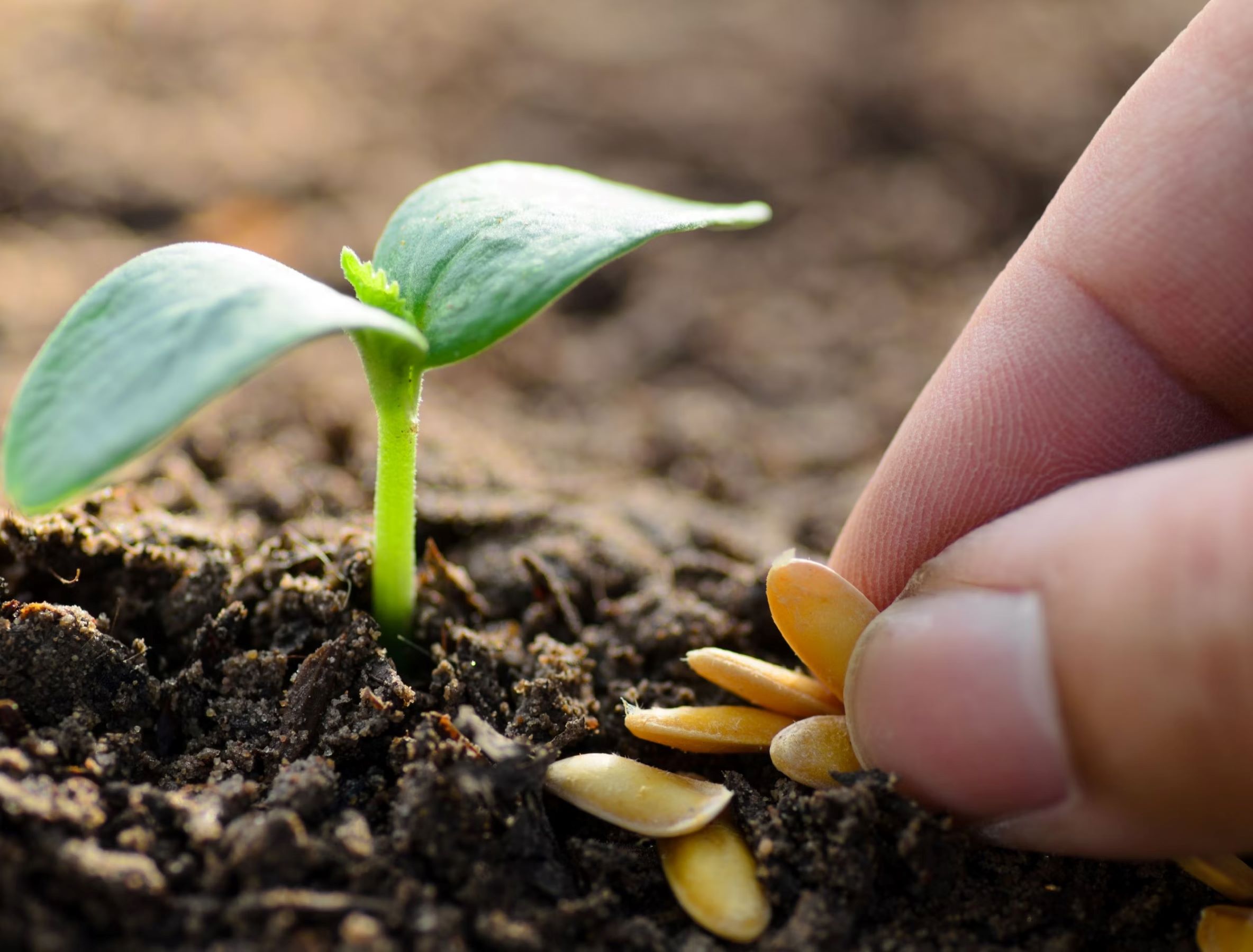

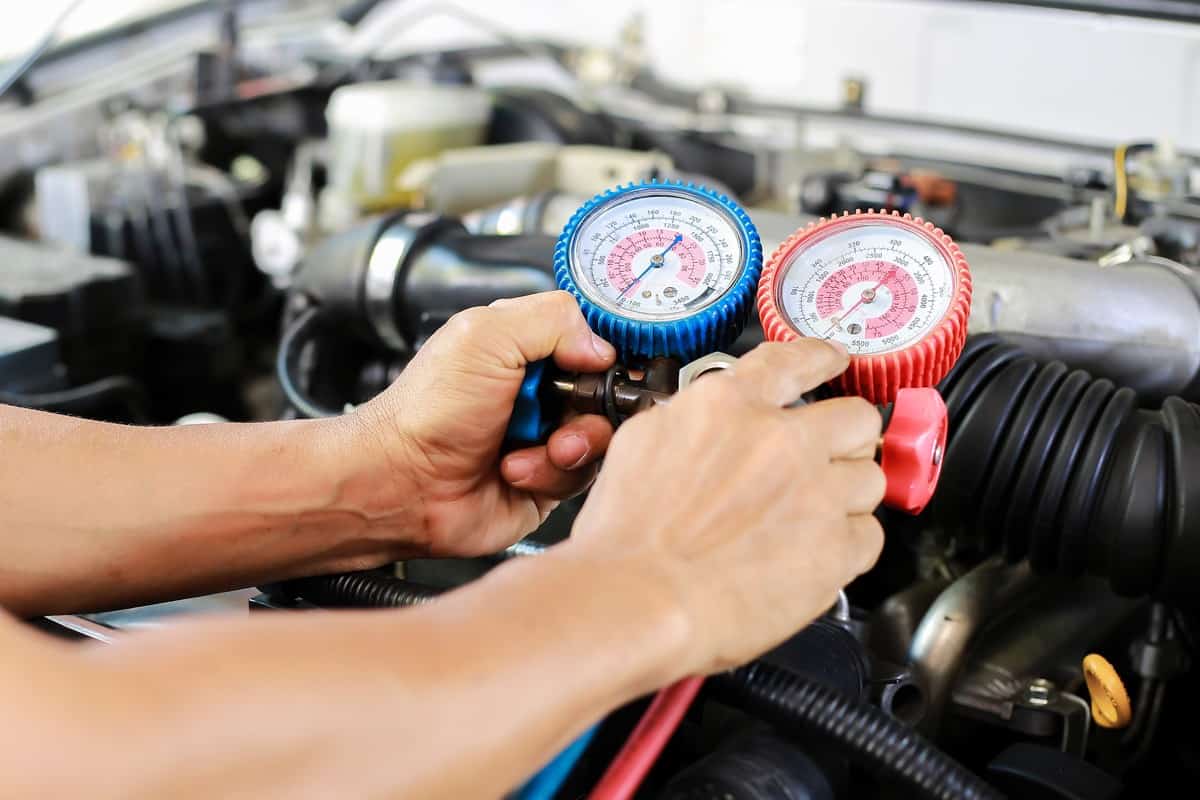
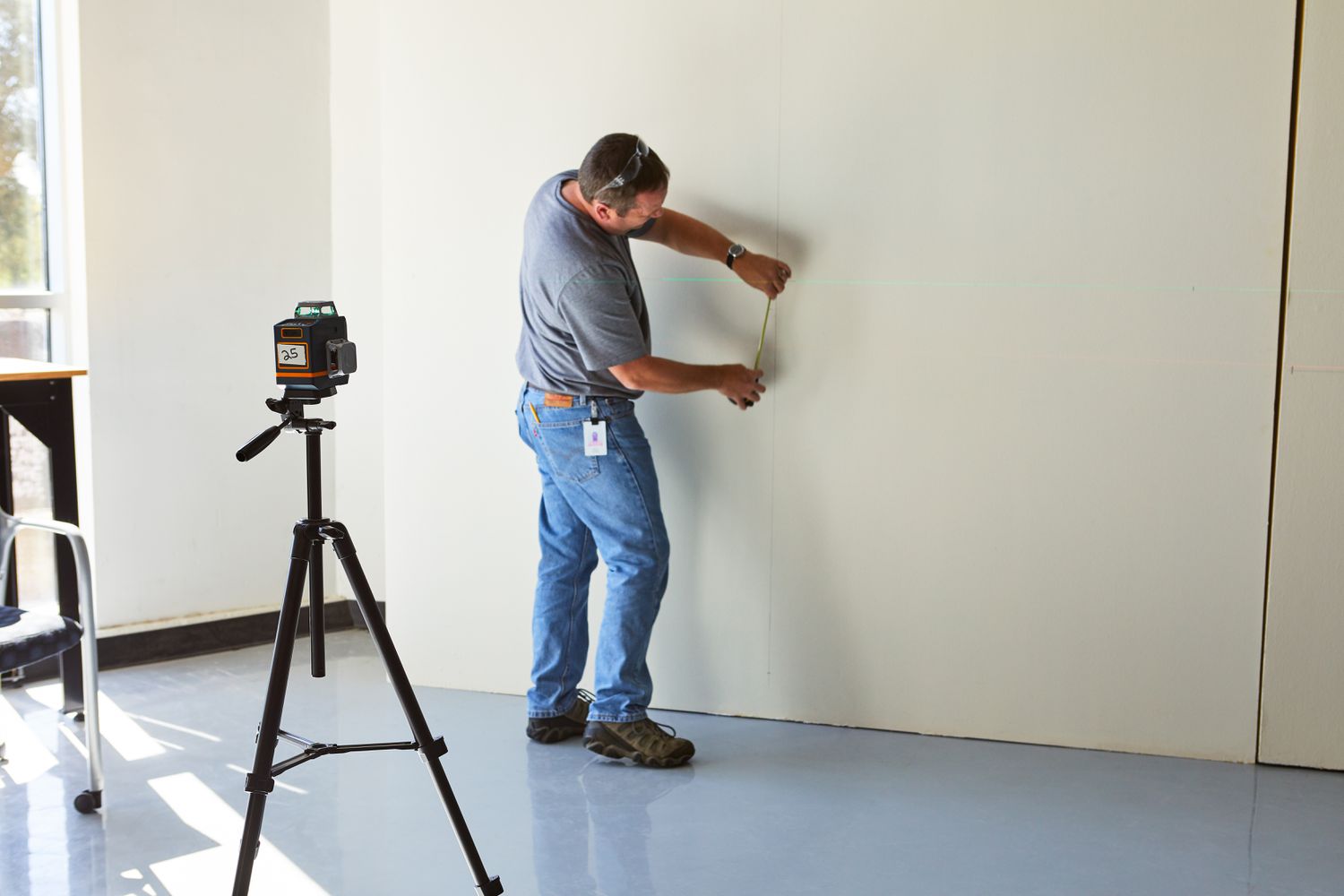
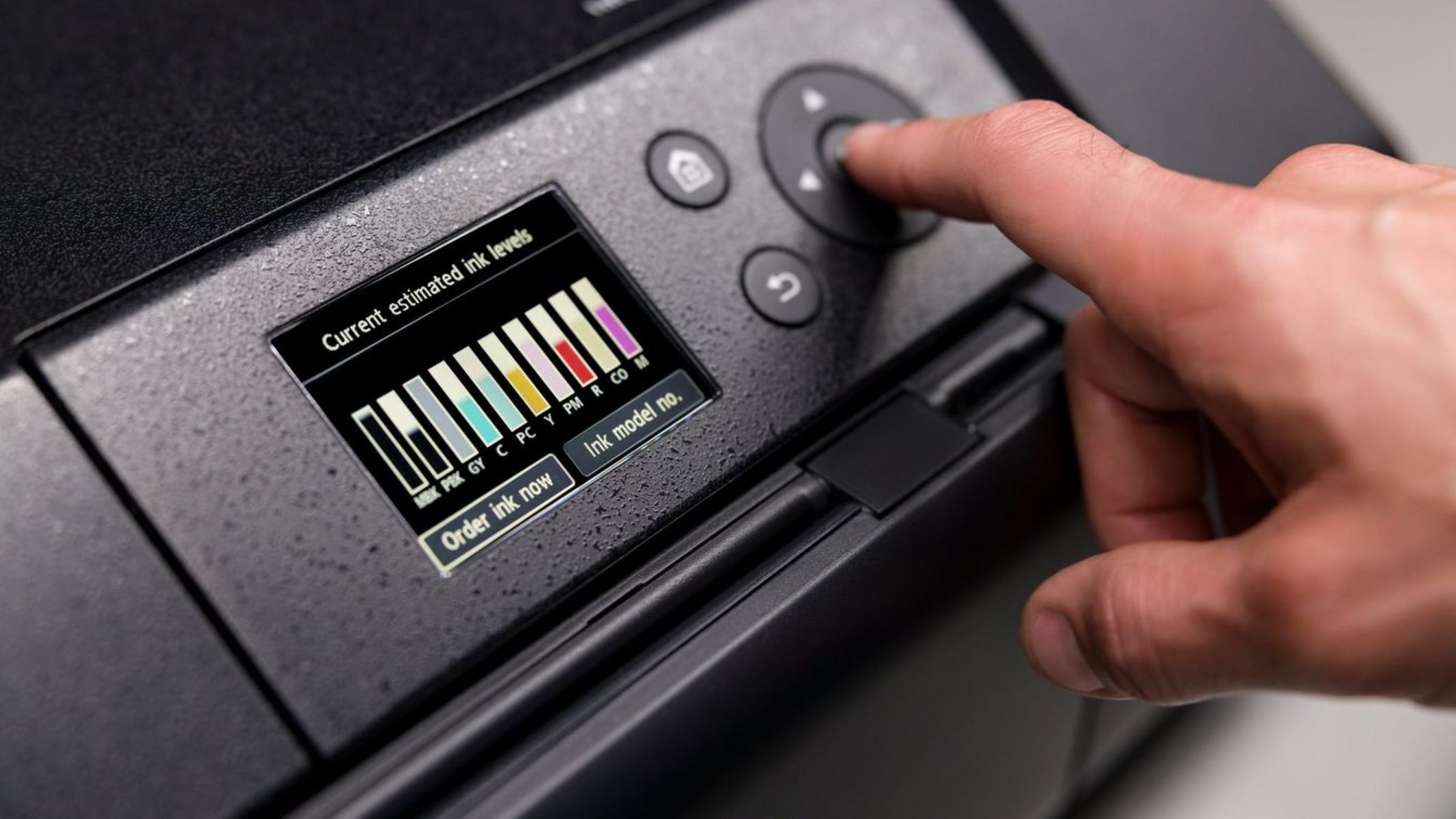
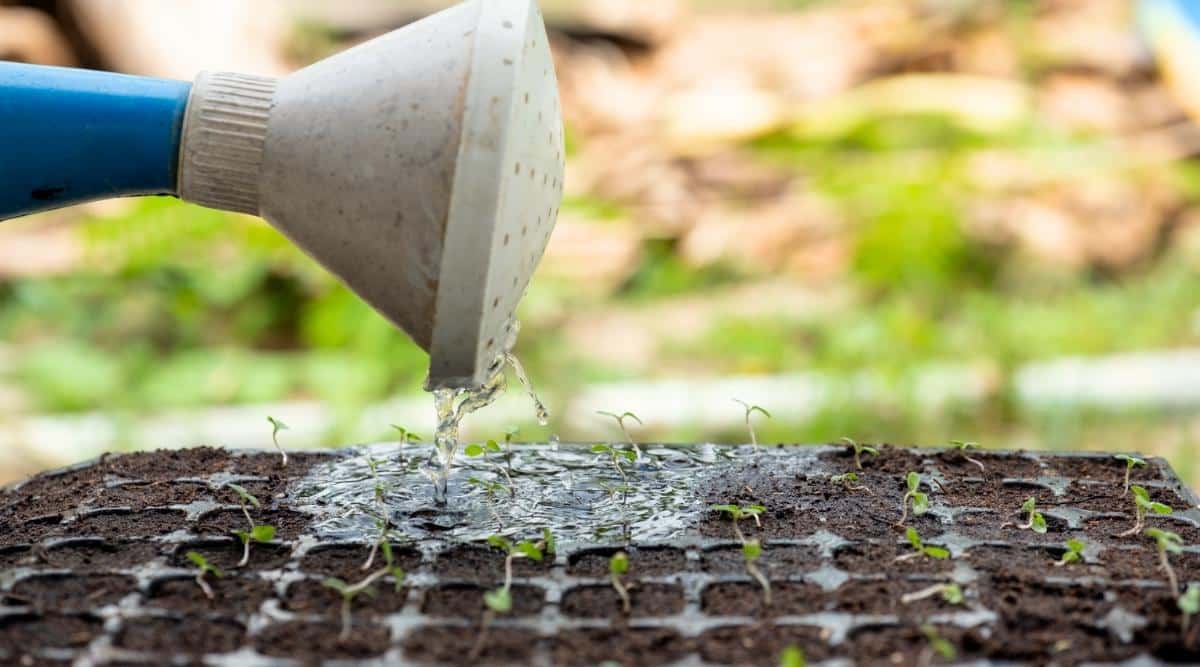

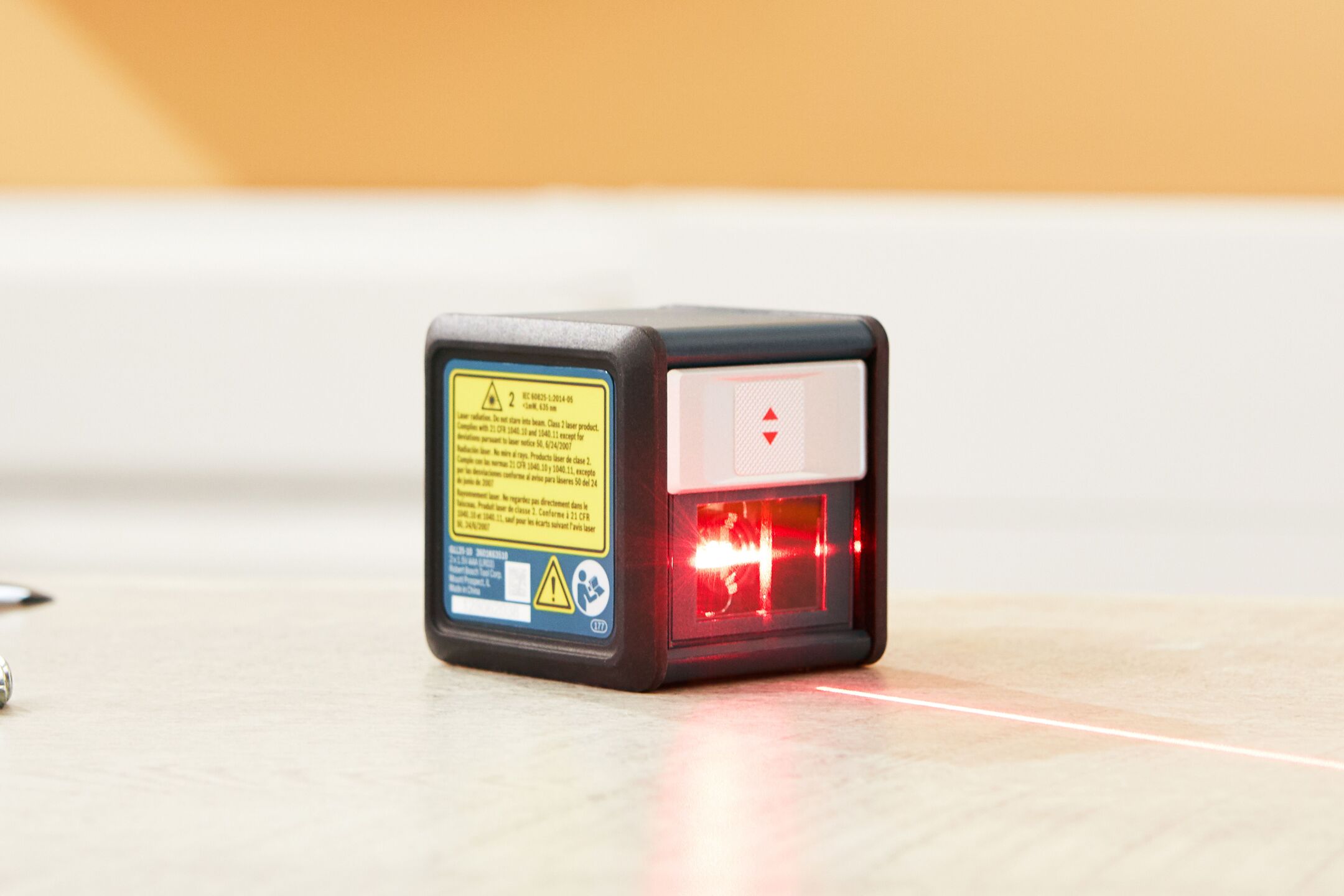
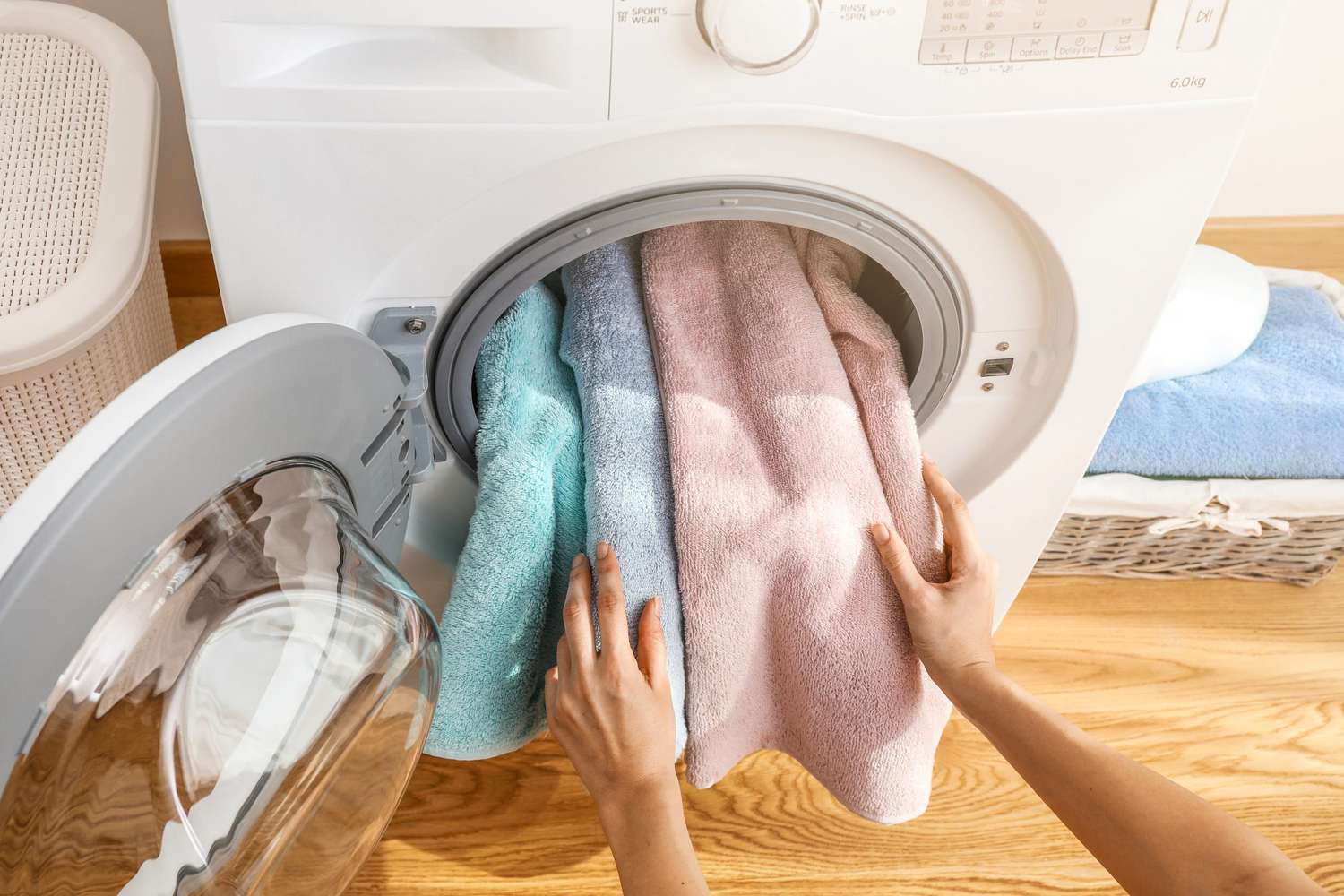

0 thoughts on “When Should You Check The Water Level On A Food Steamer”